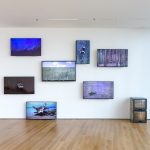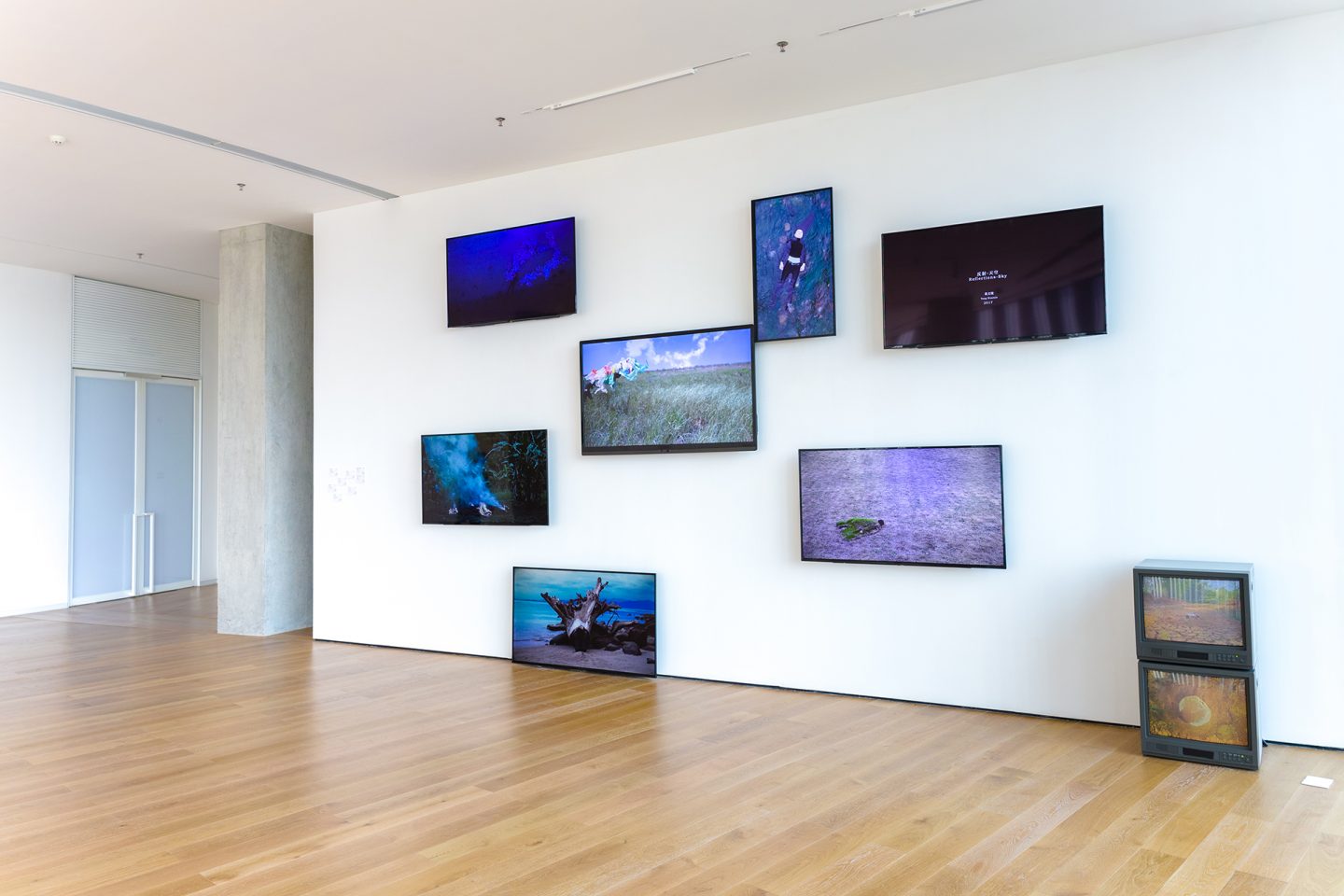From the Mundane World: Launch Exhibition of He Art Museum
He Art Museum
2020.10.1 – 2021.2.28


The exhibition attempts to develop on two aspects: “Mundane World” and the things from said world. “Mundane World” or the human world, includes the space inhabited by human beings, and time, material, energy, speed, etc. The rest of it, the tangible items like landscapes make up the things from the Mundane World. It is a study of how tangible “things” develop through the nebulous nature of the “Mundane World” and the resulting issues of production, consumption, ecology, etc. In the context of the on-going public health threat, this topic has become more specific and realistic.
Experience All Things
“All things” is the broad concept of all objects and beings, including the unpredictable enigma of nature and its inexhaustible energy. Experience is both the starting and end point for humans, gaining greater perception through a process of coming in contact with these various objects and beings. In the field of contemporary art, material mediums are of paramount importance. Our interaction with nature is constructed and reconstructed by exploring, utilizing the quality and energy of materials, as well as by accumulated creative experiences. Artistic experiments extend beyond mere experience,
they record the direction of our understanding of natural materials, reveal the limitations of the visual experience, and deconstruct, while transforming the original form of materials. As artists “experience all things,” this gradually shapes their perceptions, thoughts, and transformations of art in material and visual culture, and brings out a transcendental visual tension.
Doctrine for “Sole” Material Development
Modern development directly impacts all fields of human life. Humanity’s infinite worship of energy on an epistemological level and the overexploitation of natural resources have led to resource depletion. This depletion lays the foundation, on which the doctrine of “sole” material development is built. It represents the rampant destruction of the Earth’s natural ecology and lack of control as a result of social production, consumer culture, and personal desires. Hence, through an artist’s anxious expressions of the ecological changes, they are alerting the world and protecting the environment. Perhaps this exhibition will give insight to the profound social problems that affect the world through the artists’ expressive displays. Although this explanation and criticism involve social systems and realistic demands of them, the exhibit tries to arouse the audience’s awareness of the crisis of human survival and the sense of reverence for nature.
Mundane Canteen
In traditional Chinese history, Shunde is one of the most culinarily rich cities. Eating is a human instinct and is closely related to our body and survival. The food chain can also be one of the indicators for measuring the diversity of natural ecology. The change and integration of food culture has not only become a major source of national and religious taboos, but also reflects the conflicts in social history, events, power, and class. The participating artists transform this indispensable sustenance into a creative resource, build a metaphorical canteen in the exhibition space for communicating the deeper themes of cooking, and trace the food-related memories about life based on the traditional diet and cultural experience from different countries and ethnic groups. Food art re-interprets the basis of our existence and extends it to the realm of material culture. This art is formed through experiences of cooking, consuming, desire, and the diverse eating cultures of the artists and audiences, thereby presenting the symbiotic
relationship between our living environment and our food systems.

